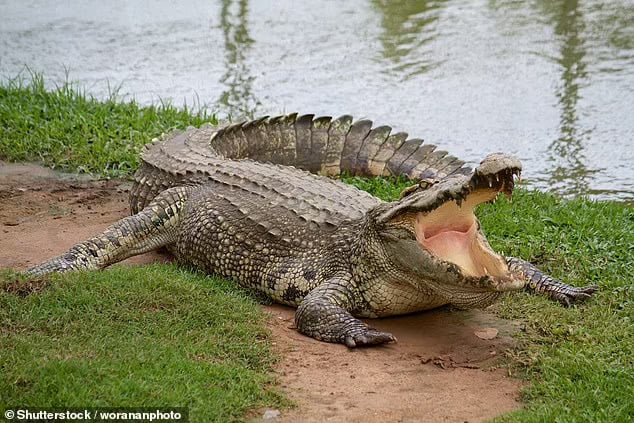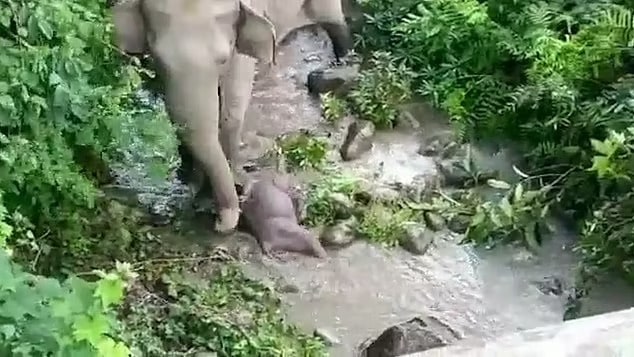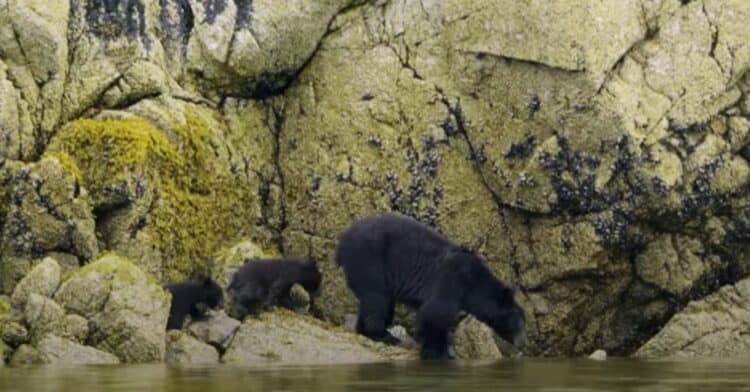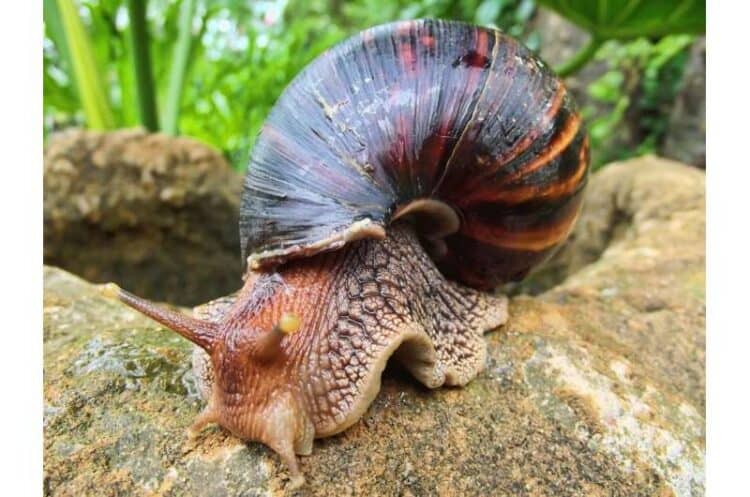A lioness in one of the world’s rarest lion populations has given birth to three cubs, new video footage shows, raising hopes that the critically endangered big cat can be saved from extinction.
In contrast to their southern cousins, west African lions have almost completely disappeared. Scientists believe between 120 and 374 remain in the wild, their historic range reduced to four populations clinging on in Nigeria, Benin, Niger and Burkina Faso.
In Niokolo-Koba national park in Senegal, just 29 remain in the forests that surround the tributary to the Gambia River, where they are threatened by poaching and habitat loss caused by farming. Now, new footage of the lioness and her three cubs has given conservationists hope for their survival.
The images show Florence, the matriarch, caring for the cubs – two males and one female – in February this year. Scientists believe the park could support a population of about 200 of the critically endangered lions, which are more closely related to Asiatic relatives found in India.
The cubs are part of a growing population in Niokolo-Koba, up from 10-15 individuals in 2011 before conservation efforts from Senegalese authorities and the global wild cat conservation organisation Panthera began in 2016.
Scientists had feared that Florence might have been poached after her GPS collar stopped functioning, and placed camera traps where she was last seen. They discovered she had been caring for the cubs in a densely forested part of the national park. They believe this is her third litter.
Having once ranged from the High Atlas mountains across the Middle East and India, global lion populations now number less than 25,000, falling by half in Africa in just 20 years. Along with habitat loss, the trade in lion bones – used for traditional medicine in Asia – is a growing threat to the species.
In Senegal, conservationists have set a target of 50 lions at Niokolo-Koba by 2025, and 100 by 2030. They say the footage of the cubs shows that their efforts, which include anti-poaching and monitoring operations, are working in the park, which is also home to African wild dogs, spotted hyena, western giant eland and the western hartebeest.
Alongside the new cubs, scientists spotted another lioness that had been injured by porcupine quills and faced death. The quills were removed, and the footage shows she is now healthy, giving hope of a further expansion of the population.
This article by Patrick Greenfield was first published by The Guardian on 3 March 2023. Lead Image: Florence plays with her cubs at the Niokolo-Koba national park in Senegal.
What you can do
Support ‘Fighting for Wildlife’ by donating as little as $1 – It only takes a minute. Thank you.
Fighting for Wildlife supports approved wildlife conservation organizations, which spend at least 80 percent of the money they raise on actual fieldwork, rather than administration and fundraising. When making a donation you can designate for which type of initiative it should be used – wildlife, oceans, forests or climate.





![Hope, the Turtle Born with an Exposed Heart Beating Outside Her Body is Thriving Against All Odds [Video] Hope, the Turtle Born with an Exposed Heart Beating Outside Her Body is Thriving Against All Odds [Video]](https://focusingonwildlife.com/news/wp-content/uploads/turtle-750px.jpg)

Leave a Reply